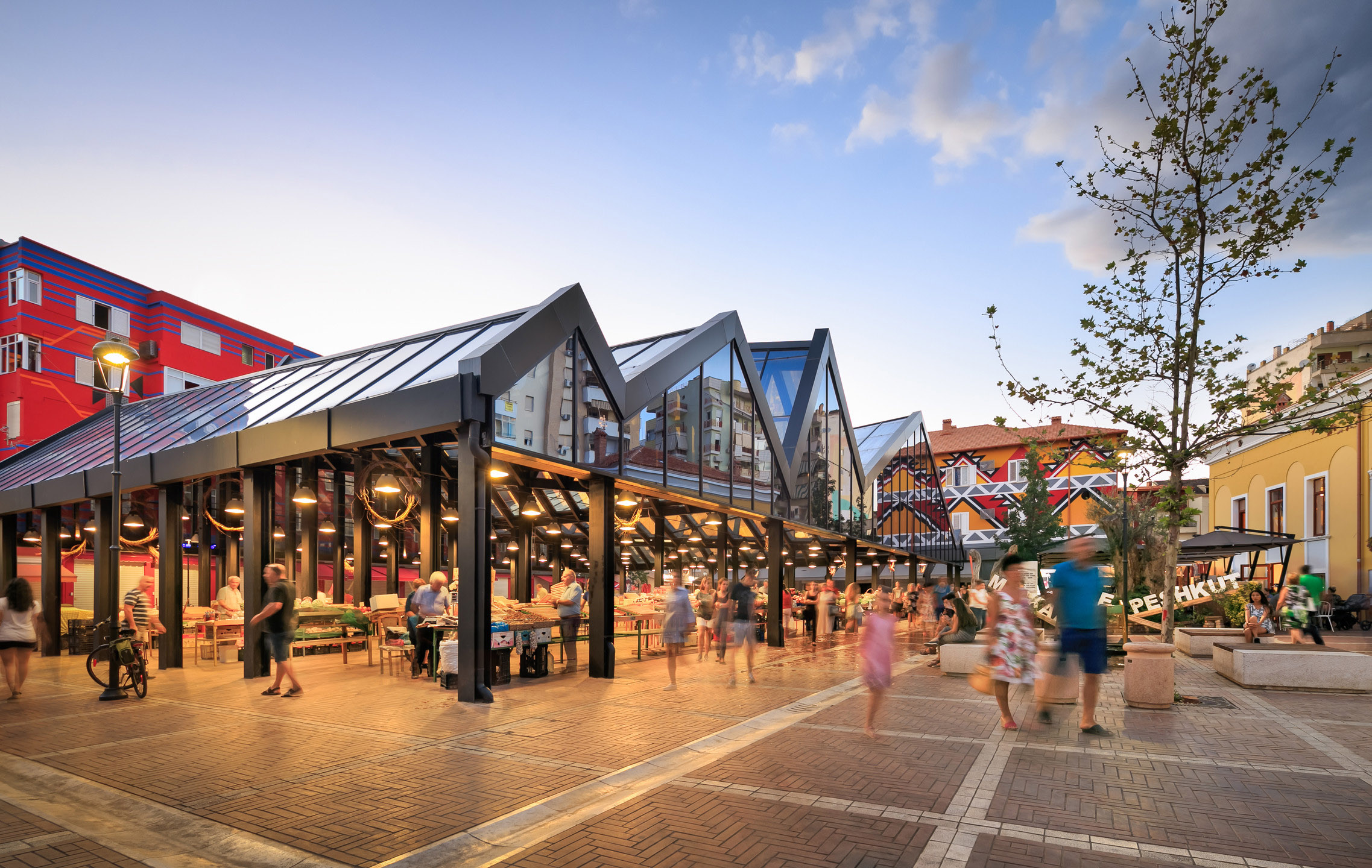
23Apr
A new approach for urban cultural heritage adaptive reuse projects: Circular Governance
More and more people are becoming familiar with the concept of circular economy – an economic system that aims to eliminate physical waste by redesigning, reusing and redirecting materials and products in consumption and production processes. But can the same circular concepts be applied to something less material, like governance? And, more specifically, can this approach help save and support cities’ cultural heritage assets? Based on ICLEI’s research as part of the CLIC project, it can – and should.
ICLEI Europe analysed the governance models of 16 adaptive-reuse cultural heritage projects to help define a new circular governance approach. Four of the selected cases are CLIC Heritage Innovation Partnerships (Salerno, Rijeka, Västra Götaland region and Amsterdam), together with six additional EU cities (Brussels, Turin, Cluj-Napoca, Zlin, Podkowa Lèsna and Manchester) and six non EU cities (Isfahan, Amman, Tirana, Cuenca, San José and Montreal). The highlighted case studies range from public markets to former industrial areas to UNESCO World Heritage neighbourhoods.
ICLEI recently published the resulting key findings and case studies in a practitioner-friendly Synthesis Report, “Adaptive Reuse of Cultural Heritage: An Examination of Circular Governance Models in 16 International Case Studies”. The Synthesis Report defines a circular governance approach for adaptive reuse projects and illustrates how it can be used to sustainably reuse, finance, and maintain cultural heritage assets in cities throughout Europe and the world.
To download the Synthesis Report, click here.
Photo Credit: Fani Kurti
